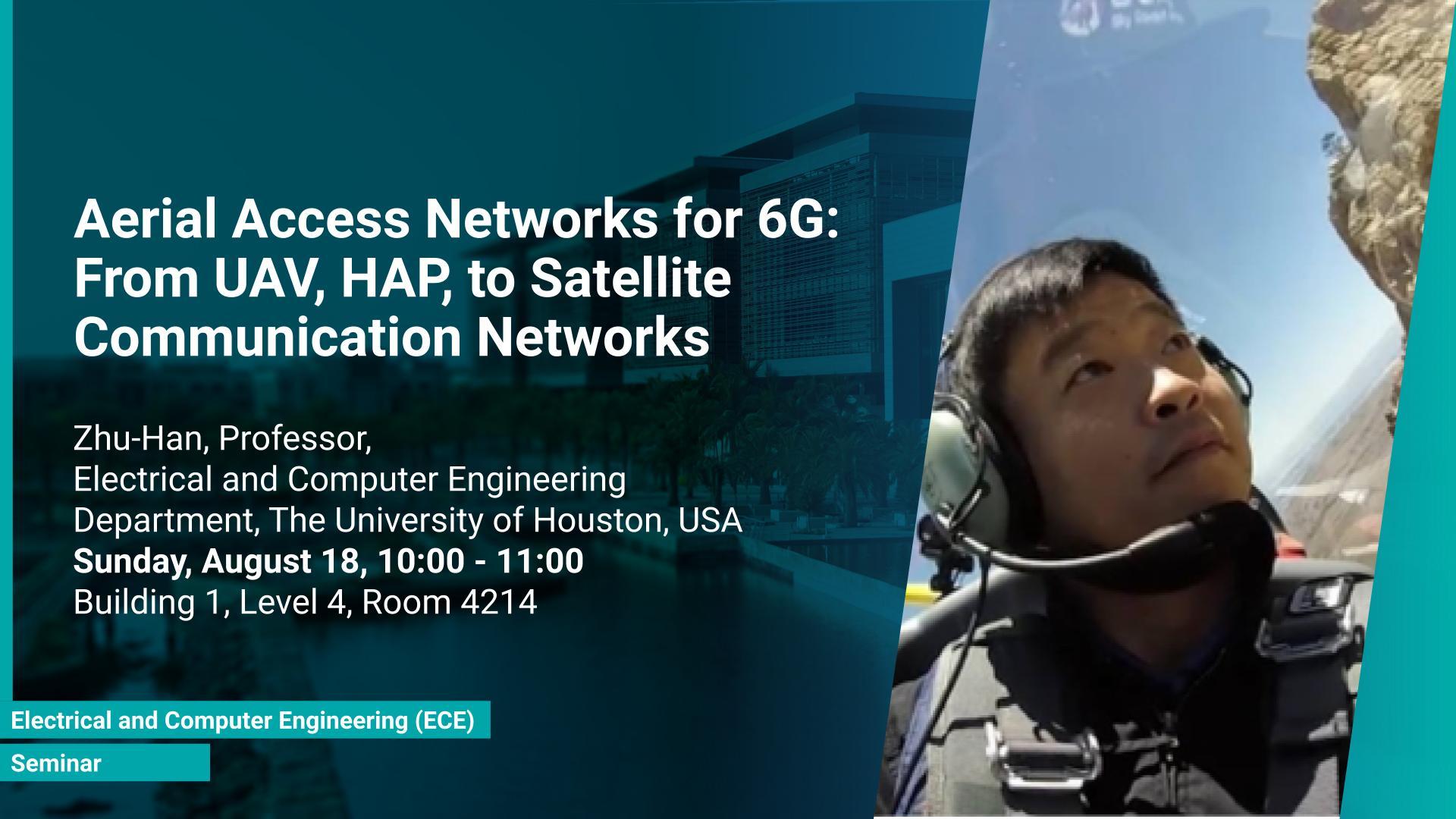Abstract
Providing “connectivity from the sky” is one new innovative trend in wireless communications for beyond 5G or coming 6G communication systems. Satellites, high and low-altitude platforms, drones, aircraft, and airships are being considered as candidates for deploying wireless communications complementing the terrestrial communication infrastructure. Utilizing modern information network technologies and interconnecting space, air, and ground network segments, the aerial access network (AAN) has attracted much attention from both academia and industry and has been recognized as a potential solution for the 6G systems. AANs are subject to heterogeneous networks that are engineered to utilize satellites, high-altitude platforms (HAPs), and low-altitude platforms (LAPs) to build network access platforms. Compared to terrestrial wireless networks, AANs are characterized by frequently changed network topologies and more vulnerable communication connections. Furthermore, AANs have the demand for the seamless integration of heterogeneous networks such that the network quality-of-service (QoS) can be improved. Thus, designing mechanisms and protocols for AANs poses many challenges. To solve these challenges, extensive research has been conducted. Notice that AANs are not intended to replace the above existing technologies, but instead to work with them in a complementary and integrated fashion. However, design, analysis, and optimization of AANs require multidisciplinary knowledge, namely, knowledge of wireless communications and networking, signal processing, artificial intelligence (e.g., for learning), decision theory, optimization, and economic theory. Therefore, this talk first provides a general introduction to AANs integrated networks based on physical, MAC, and networking layer requirements, followed by some state-of-the-art AANs along with possible applications.
Brief Biography
Zhu Han received the B.S. degree in electronic engineering from Tsinghua University, in 1997, and the M.S. and Ph.D. degrees in electrical and computer engineering from the University of Maryland, College Park, in 1999 and 2003, respectively. From 2000 to 2002, he was an R&D Engineer of JDSU, Germantown, Maryland. From 2003 to 2006, he was a Research Associate at the University of Maryland. From 2006 to 2008, he was an assistant professor at Boise State University, Idaho. Currently, he is a John and Rebecca Moores Professor in the Electrical and Computer Engineering Department as well as the Computer Science Department at the University of Houston, Texas. Dr. Han is an NSF CAREER award recipient of 2010, and the winner of the 2021 IEEE Kiyo Tomiyasu Award. He has been an IEEE fellow since 2014, an AAAS fellow since 2020, ACM Fellow since 2024, an IEEE Distinguished Lecturer from 2015 to 2018, and an ACM Distinguished Speaker from 2022-2025. Dr. Han is also a 1% highly cited researcher since 2017.
